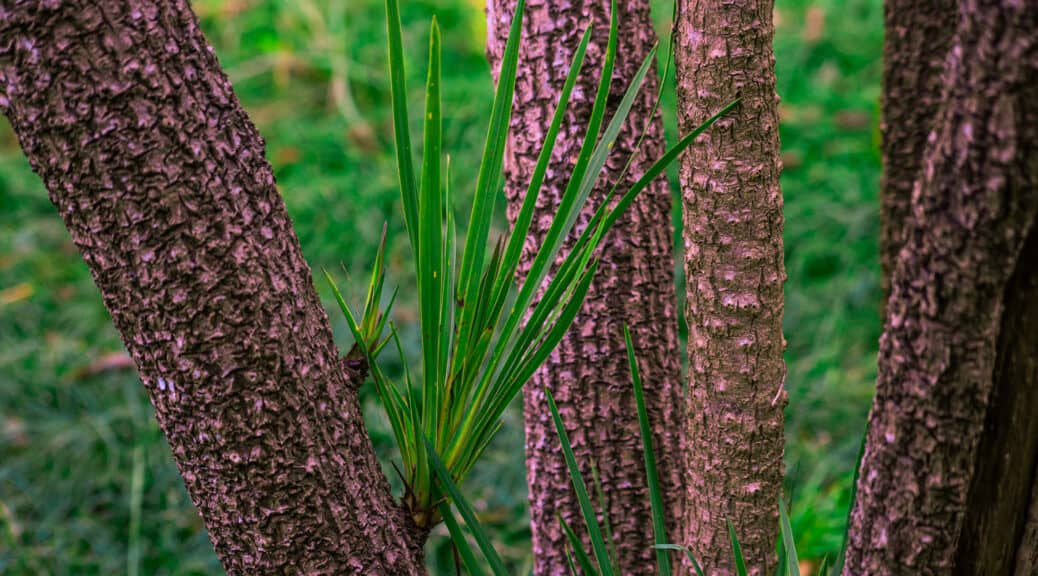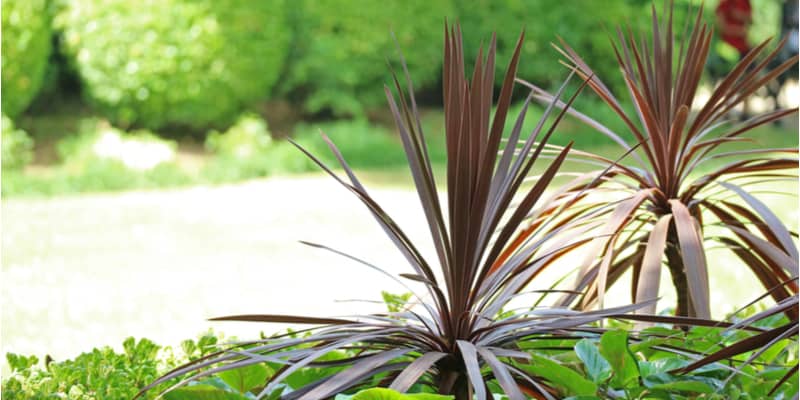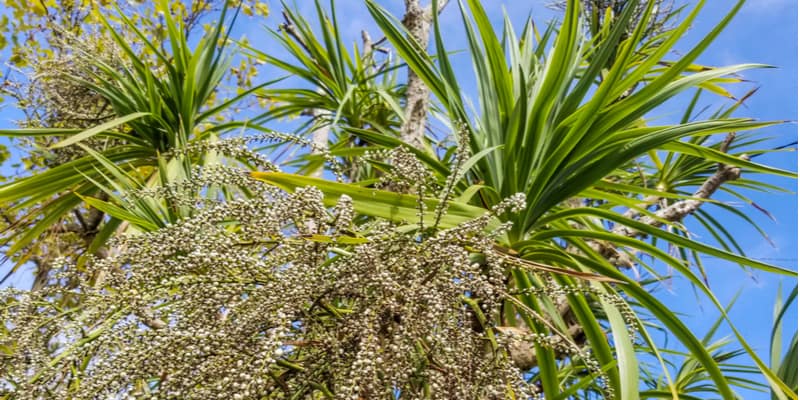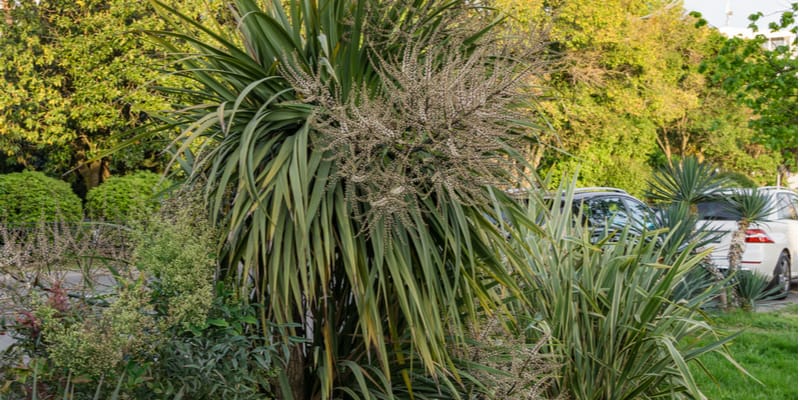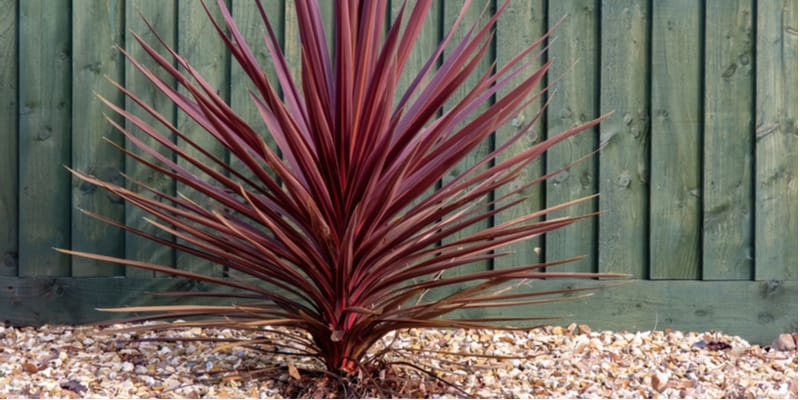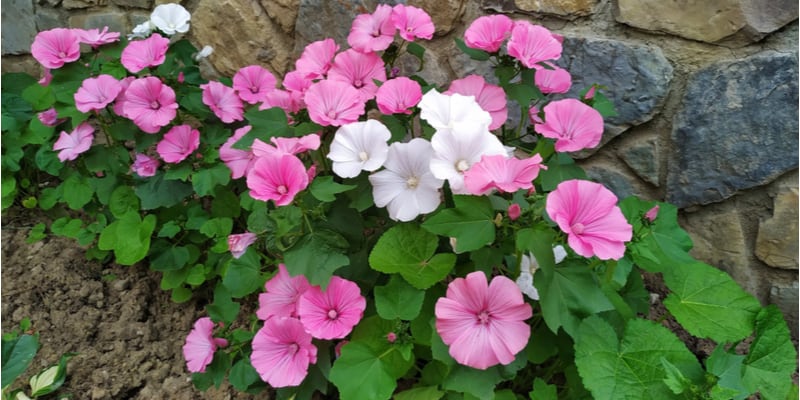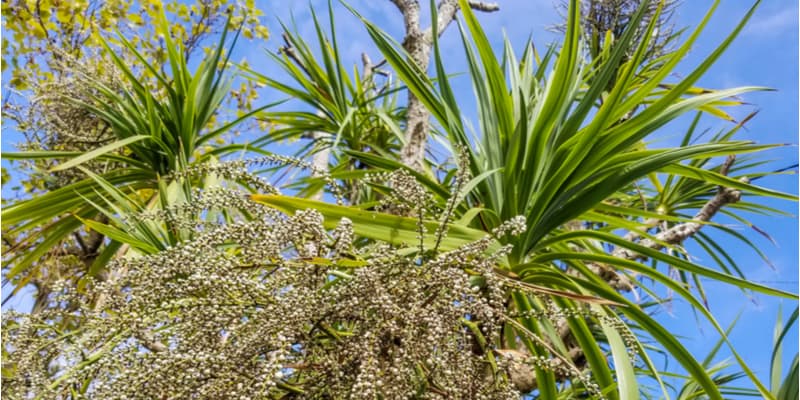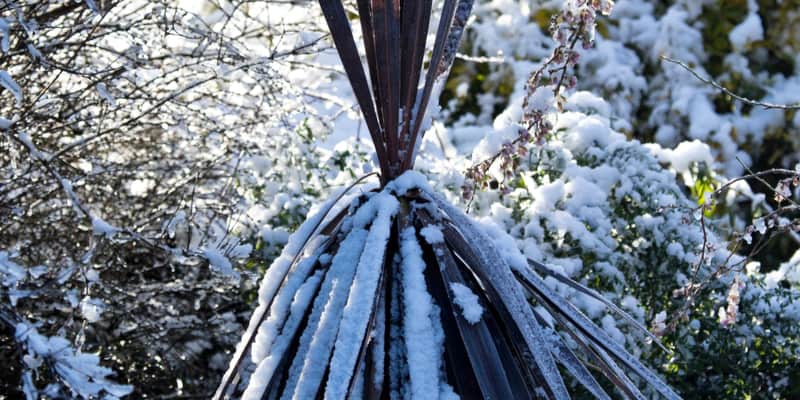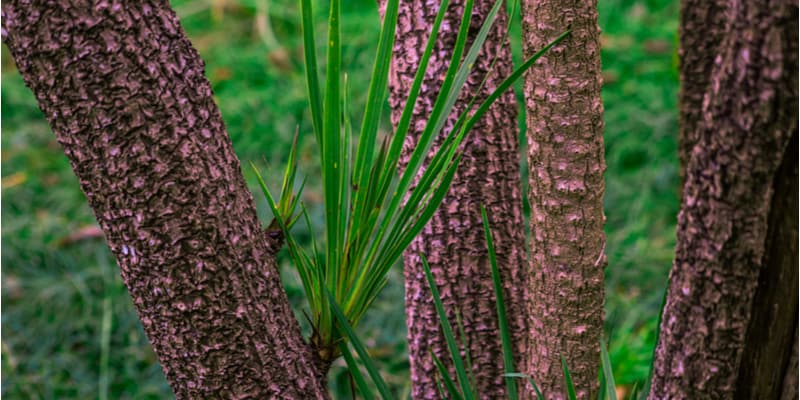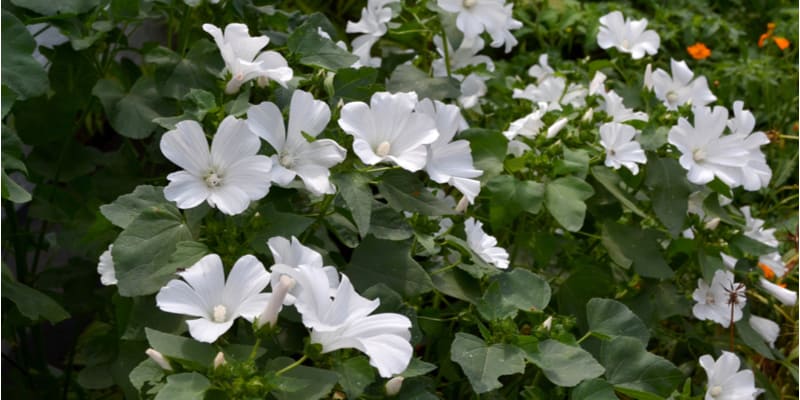How To Take Cuttings From Cordylines From Side Shoots and Suckers
Taking cuttings is the quickest and the easiest way to propagate them, especially if you don’t want to wait the few years it could take to get a sizable plant if you are cultivating them by sowing seeds. Taking cuttings from the mother plant ensures that the new plants are exactly the same as the mother plants whereas, seeds don’t always come true to seed, and this will depend on the variety you get. This, in turn, will create uniformity…
